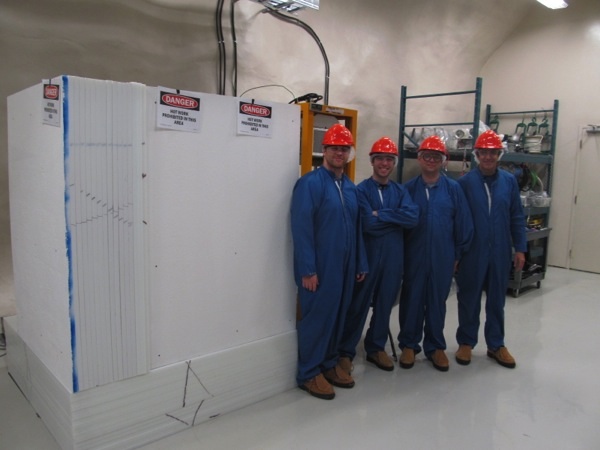DAMIC now running at SNOLAB

The DAMIC (Dark Matter In CCDs) experiment, a new experiment at SNOLAB experienced a very successful culmination of several years of detector research with a relocation to the SNOLAB underground laboratory located at the Vale Creighton Mine. The experiment employs a new technique for searching for elusive particles that we think make up most of the matter in the universe—dark matter.
SNOLAB provides the right conditions for DAMIC; the extreme depth filters out cosmic rays, which could mimic dark matter interactions, and the highly specialized SNOLAB crew keeps the laboratory in clean-room conditions.Scientists believe that dark matter is five times more prevalent than the visible matter that comprises our stars and planets. Yet scientists do not know much about these mysterious particles, other than the particles’ collective effects, for instance, on galactic rotation.
Previous experiments have searched for the tiny recoil of a nucleus that scientists would observe if a high-mass dark matter particle from our own galaxy were to collide with an Earthbound detector as the Earth sails through the Milky Way.
DAMIC uses charged coupled devices (CCD) that have been used for many years in digital cameras.. But these are not your average CCDs. They are the high-tech ones also used in the Dark Energy Camera, which Fermilab installed on the Blanco telescope in Chile. The detectors were developed and fabricated at Berkeley Lab and were tested and installed in the camera here at Fermilab. They are unusually thick (250 microns instead of the usual 30) and have low intrinsic noise levels, making them ideal for the long exposure times needed to search for the rare interactions expected for dark-matter particles.